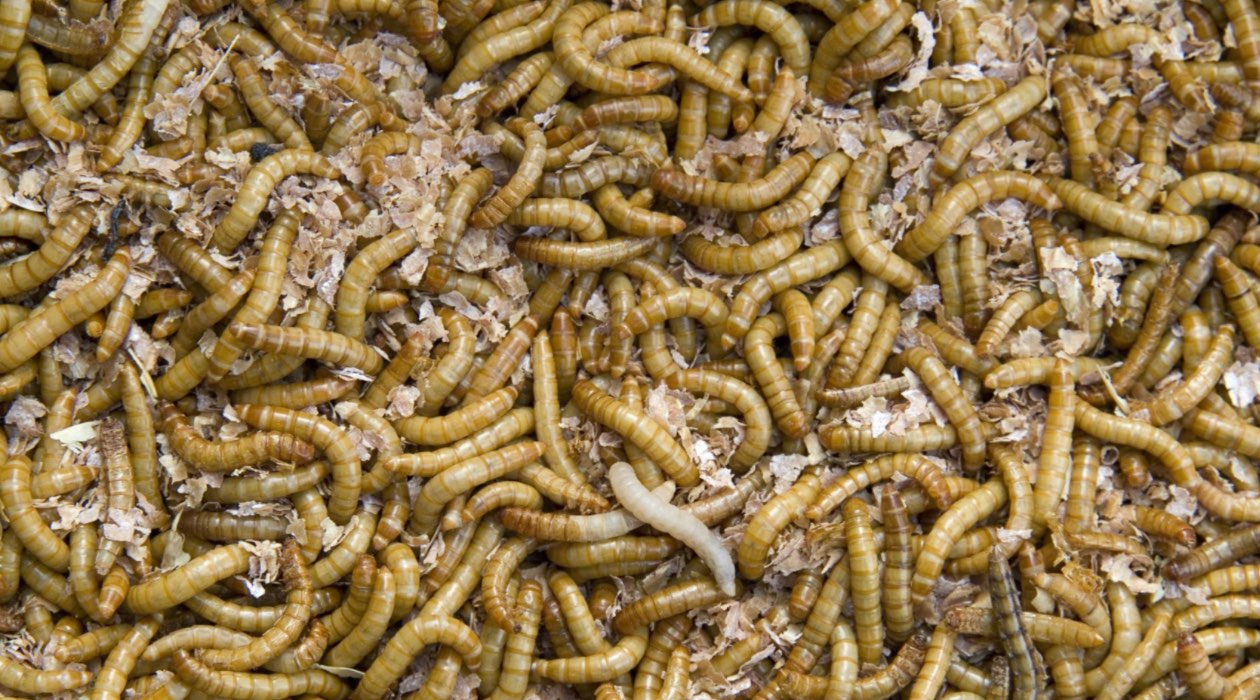

Articles
How To Store Live Mealworms
Modified: January 20, 2024
Learn how to properly store live mealworms in this helpful article. Keep your mealworms fresh and healthy for longer periods of time.
(Many of the links in this article redirect to a specific reviewed product. Your purchase of these products through affiliate links helps to generate commission for Storables.com, at no extra cost. Learn more)
Introduction
Storing live mealworms properly is essential to ensure their longevity and vitality. Whether you are raising mealworms for personal use or as a food source for your pets, knowing how to store them effectively is crucial. Live mealworms are commonly used as bait for fishing, as feed for reptiles, birds, or other insect-eating animals, or even as a sustainable source of protein for human consumption. In this article, we will explore the benefits of storing live mealworms, the proper containers to use, the ideal environment to create, the appropriate temperature for storage, how to properly feed and hydrate the worms, tips for maintaining their health, and prevention methods for mold and bacterial growth. Additionally, we will provide some tips for long-term storage for those who want to keep a steady supply of live mealworms on hand.
Key Takeaways:
- Storing live mealworms offers convenience, cost savings, and control over quality, making it a beneficial practice for pet owners, fishermen, and those who use mealworms for various purposes.
- Proper storage practices, including suitable containers, ideal environments, and regular feeding and hydration, are essential for maintaining the health and longevity of live mealworms.
Read more: How To Store Mealworms
Benefits of Storing Live Mealworms
Storing live mealworms offers several benefits that make them more convenient and cost-effective compared to purchasing them on a regular basis. Here are the main advantages of storing live mealworms:
- Convenience: Having a supply of live mealworms readily available allows you to feed your pets or use them as bait whenever you need them, without having to make frequent trips to the pet store or bait shop.
- Cost Savings: Buying live mealworms in bulk and storing them yourself can be much more cost-effective in the long run. Pet stores often charge a premium for small quantities, and the cost can add up over time. By purchasing in larger quantities and storing them properly, you can save a significant amount of money.
- Control over Quality: When you store live mealworms yourself, you have control over the quality of the worms and their environment. You can ensure that they are healthy, well-fed, and free from contaminants, resulting in higher-quality food for your pets or better bait for fishing.
- Convenience for Pet Owners: If you have reptiles, birds, or other insect-eating pets, having a steady supply of live mealworms makes feeding them much more convenient. You won’t have to worry about constantly running out of food or making last-minute trips to the store.
- Flexibility in Schedule: Storing live mealworms allows you to have flexibility in feeding schedules. You can easily feed your pets or use them as bait at any time, regardless of whether the pet store or bait shop is open or closed.
Overall, storing live mealworms provides convenience, cost savings, control over quality, and flexibility in schedule, making it a beneficial practice for pet owners, fishermen, and those who use mealworms for other purposes.
Proper Container for Live Mealworms Storage
Choosing the right container for storing live mealworms is essential to maintain their health and ensure their longevity. Here are some factors to consider when selecting a container:
- Ventilation: The container should have adequate ventilation to allow for airflow. Live mealworms require oxygen to survive, and proper ventilation helps prevent the growth of mold and bacteria.
- Size: The size of the container depends on the quantity of mealworms you plan to store. It should be spacious enough to allow the worms to move around but not too large that they can’t find their food or each other.
- Material: An ideal container for live mealworms is made of plastic or glass. These materials are easy to clean, resistant to moisture, and provide a clear view of the worms.
- Accessibility: The container should have a lid or cover that is easy to open and close. This allows you to access the worms when feeding or removing them without causing excessive disturbance or escape.
- Substrate: The container should have a suitable substrate for the mealworms to burrow and hide in. This can be a mixture of bran, oats, or wheat germ, which provides nutrition and a comfortable environment for the worms.
One popular container option for storing live mealworms is a plastic storage bin or a plastic container with a tight-fitting lid. These containers are spacious, easy to clean, and provide sufficient ventilation when pierced with small holes. Additionally, you can add layers of substrate and create different levels for the worms to burrow and pupate.
It’s important to regularly clean and maintain the container to ensure a hygienic environment for the mealworms. Remove any dead worms, excess waste, or moldy substrate, and replace it with fresh substrate regularly. This will help prevent the build-up of ammonia and bacteria, keeping the live mealworms healthy.
By choosing the right container and maintaining proper hygiene, you can create an optimal environment for storing live mealworms, ensuring their well-being and extending their lifespan.
Creating the Ideal Environment for Live Mealworms
Creating the ideal environment is crucial for the well-being and longevity of live mealworms. By providing the right conditions, you can ensure that the worms remain healthy and active. Here are some key factors to consider when setting up the environment:
- Temperature: Live mealworms thrive in temperatures between 70°F and 85°F (21°C to 29°C). It is important to maintain a consistent temperature within this range to prevent the worms from becoming too cold or overheating. Fluctuations in temperature can stress the worms and impact their overall health.
- Lighting: While live mealworms do not require direct exposure to light, providing indirect light can help regulate their activity and behavior. Avoid exposing them to direct sunlight, as it can raise the temperature inside the container.
- Humidity: Live mealworms prefer a slightly humid environment. If the air in the storage area is too dry, you can increase humidity by placing a shallow dish of water near the container or misting the substrate lightly. However, avoid excessive moisture, as it can lead to mold and bacterial growth.
- Adequate Space: Ensure that the container provides enough space for the mealworms to move and burrow. Overcrowding can lead to stress, cannibalism, and the spread of diseases. If you have a large quantity of mealworms, consider using multiple containers or dividing them into smaller groups.
- Protection from Pests: To prevent infestations from other insects or pests, make sure the container is securely closed and inspect it regularly. You can also place a fine mesh or screen over the ventilation holes to keep out unwanted visitors.
It is important to note that mealworms have different life stages, including larva, pupa, and beetle. To create a suitable environment for all stages, provide deeper substrate for the larval stage to burrow, and add a separate area with moist substrate for pupation.
Regularly monitor the temperature, humidity, and cleanliness of the container. Any visible signs of mold, excessive moisture, or dead worms should be addressed immediately to maintain a healthy environment for your mealworms.
By creating the ideal environment with consistent temperature, proper lighting, adequate space, and protection from pests, you can ensure the well-being and productivity of your live mealworms.
Suitable Temperature for Live Mealworms Storage
Maintaining the appropriate temperature is crucial for the health and well-being of live mealworms in storage. The temperature plays a significant role in their metabolism, growth, and overall activity. Here are some guidelines for the suitable temperature for storing live mealworms:
- Optimal Temperature Range: The ideal temperature range for live mealworms is between 70°F and 85°F (21°C to 29°C). This range provides a comfortable environment that promotes their growth and development.
- Avoid Extreme Temperatures: Extreme temperatures can be detrimental to the worms. Temperatures below 55°F (13°C) can cause sluggishness and potentially lead to dormancy or death. On the other hand, temperatures above 90°F (32°C) can be fatal, as it can cause dehydration and heat stress to the mealworms.
- Consistency of Temperature: It is essential to maintain a consistent temperature within the desired range. Fluctuations in temperature can stress the worms and impact their metabolism. Sudden temperature changes can also trigger pupation prematurely, affecting their growth cycle.
- Consider Seasonal Variations: If you live in an area with extreme seasonal temperature changes, such as colder winters or hotter summers, you may need to take additional measures to regulate the temperature. This can include using heating or cooling devices, insulation, or moving the container to a more suitable location.
- Monitoring and Adjusting: Regularly monitor the temperature inside the storage container using a thermometer. This will allow you to identify any fluctuations and make adjustments accordingly. Be mindful of the ambient temperature in the room where you store the live mealworms and consider any potential heat sources nearby that could affect the temperature.
It is important to note that maintaining the suitable temperature is especially crucial for breeding mealworms. If you intend to use the mealworms for breeding purposes, it is recommended to provide them with a slightly cooler temperature within the optimal range. This can stimulate breeding activity and increase reproductive success.
By ensuring that the temperature remains within the suitable range and avoiding extreme fluctuations, you can help ensure the health and vitality of your live mealworms during storage.
Store live mealworms in a well-ventilated container with a lid, such as a plastic or glass container with holes for air circulation. Line the bottom with dry oats or bran for bedding and add some vegetable scraps for moisture. Keep the container in a cool, dark place, away from direct sunlight.
Read more: How To Store Mealworms For Geckos
Feeding and Hydrating Live Mealworms in Storage
Proper feeding and hydration are crucial for the health and longevity of live mealworms during storage. Although they can survive for an extended period without food and water, providing regular nourishment ensures their overall well-being and vitality. Here are some guidelines for feeding and hydrating live mealworms in storage:
- Feeding: Live mealworms can be fed a variety of nutritious foods to maintain their health. Common food options include wheat bran, oats, cornmeal, or a commercially available mealworm diet. The food should be scattered throughout the substrate to mimic their natural foraging behavior. Avoid overfeeding, as excess food can attract pests and lead to the growth of mold and bacteria.
- Hydration: While live mealworms obtain most of their water from the foods they consume, it is still essential to provide them with adequate moisture. One way to do this is by incorporating high-moisture foods in their diet, such as fruits or vegetables. You can also include a small dish of water with a sponge or cotton ball to provide additional hydration. Ensure the sponge or cotton ball is clean and moist, not soaking wet, to prevent drowning.
- Monitoring Food and Water: Regularly monitor the food and water sources in the storage container. Remove any uneaten or spoiled food promptly to prevent the growth of mold or bacterial contamination. If using a dish with water, ensure that it remains clean and replenish the moisture as needed to prevent it from drying out.
- Frequency of Feeding and Hydration: The frequency of feeding and hydration depends on the number of live mealworms in storage and the temperature of the environment. As a general guideline, feeding once every 2-3 days and checking the hydration source regularly should be sufficient. However, observe the mealworms’ behavior to adjust the frequency accordingly. If they appear restless or aggressive, it may indicate hunger or dehydration.
- Supplements: In addition to their regular diet, you may consider adding nutritional supplements to the live mealworms’ diet. This can include calcium powder, multivitamins, or gut-loading their food with additional nutrients if they are being used as feeders for reptiles or other animals. Consult with a veterinarian or pet care expert to determine the appropriate supplements for your specific needs.
Remember, maintaining a clean and hygienic environment is essential for the health of the live mealworms. Regularly clean the container, remove any uneaten food, and replenish the hydration source. By providing proper feeding and hydration, you can ensure the well-being and vigor of your live mealworms during storage.
Maintaining the Health of Live Mealworms
Ensuring the health of live mealworms is crucial for their overall well-being and longevity. By implementing proper care practices, you can help prevent diseases, stress, and other health issues. Here are some tips for maintaining the health of live mealworms:
- Optimal Substrate: Use a suitable substrate, such as wheat bran, oats, or a commercial mealworm bedding product, which provides nutrition and a comfortable environment for the mealworms. Replace the substrate regularly to maintain cleanliness and prevent the build-up of waste.
- Avoid Overcrowding: Overcrowding can lead to stress, cannibalism, and the spread of diseases among live mealworms. Ensure that the container provides enough space for the worms to move and burrow comfortably. If you have a large quantity, consider using multiple containers or dividing them into smaller groups.
- Regular Cleaning: Clean the storage container regularly to maintain a hygienic environment. Remove any dead mealworms, excess waste, or moldy substrate. Replace it with fresh substrate to prevent the build-up of ammonia and bacteria.
- Monitoring and Observation: Keep a close eye on the live mealworms for any signs of illness or distress. Look for unusual behavior, such as lethargy, loss of appetite, or excessive aggression. Monitor their growth and development to ensure they are thriving and progressing normally.
- Variety in Diet: Provide a varied diet to ensure that the live mealworms are receiving a balanced nutritional intake. Incorporate different types of grains, fruits, vegetables, and commercially available mealworm diets. This helps prevent nutrient deficiencies and promotes overall health.
- Avoid Pesticides and Chemicals: Ensure that the substrate, food, and storage environment are free from pesticides or any harmful chemicals. These substances can be toxic to live mealworms and compromise their health.
- Minimize Stress: Minimize handling and disturbance of live mealworms as much as possible, as excessive stress can impact their health. When necessary, handle them gently and avoid sudden movements or loud noises that can startle or stress them.
- Proper Temperature and Humidity: Maintain the suitable temperature and humidity levels as discussed earlier. Fluctuations outside the recommended range can stress the mealworms and compromise their health. Monitor and adjust the conditions accordingly.
If you notice any signs of illness or health issues among the live mealworms, it is best to consult with a veterinarian or an experienced entomologist who can provide appropriate guidance and treatment options.
By following these guidelines and providing proper care, you can maintain the health and vitality of your live mealworms, ensuring their long-term well-being.
Prevention of Mold and Bacterial Growth
Mold and bacterial growth can pose a significant threat to the health and survival of live mealworms. These microorganisms thrive in moist and unclean environments, and their presence can lead to disease and contamination. To prevent mold and bacterial growth in your mealworm storage, follow these guidelines:
- Maintain Proper Ventilation: Adequate airflow is essential to prevent the accumulation of moisture in the storage container. Ensure that the container has sufficient ventilation, such as small holes or perforations, to allow for proper air circulation.
- Control Humidity: Keep the humidity levels in check to prevent excess moisture, as it promotes mold and bacterial growth. Avoid spraying water directly into the container and ensure the substrate is not overly damp. If needed, use a moisture-resistant substrate and monitor the humidity levels regularly.
- Proper Substrate Management: The substrate, such as wheat bran or oats, should be kept clean and dry. Regularly remove any damp or moldy parts of the substrate, as they can become breeding grounds for bacteria and fungi. Replace the substrate periodically to maintain a sanitary environment.
- Prevent Overcrowding: Avoid overcrowding the mealworms in the storage container, as it can lead to increased moisture from their waste and increased competition for food. Overcrowding can create ideal conditions for mold and bacteria to thrive. Keep the worms in adequately sized containers and separate them into smaller groups if necessary.
- Regular Cleaning: Regular cleaning and maintenance of the storage container are crucial to prevent mold and bacterial growth. Remove any dead mealworms, excess waste, or moldy substrate promptly. Thoroughly clean the container, including the sides and corners, to eliminate any potential sources of contamination.
- Proper Food Management: Avoid overfeeding the live mealworms and remove any uneaten food promptly. Excess food can encourage the growth of mold and attract bacteria. Only provide enough food that can be consumed within a reasonable time frame to maintain cleanliness in the container.
- Keep Storage Area Clean: Ensure that the storage area itself is clean and free from any potential contaminants. Regularly dust and sanitize the space to prevent the introduction of foreign substances that can contribute to mold and bacterial growth.
- Monitor for Signs of Contamination: Regularly inspect the storage container for any signs of mold or bacterial growth. Look for fuzzy or discolored patches on the substrate, unpleasant smells, or unusual behavior of the mealworms. If any signs of contamination are detected, immediately take steps to address the issue and prevent further spread.
By following these preventive measures, you can create a clean and sanitary environment that discourages mold and bacterial growth, promoting the health and well-being of your live mealworms in storage.
Tips for Long-term Storage of Live Mealworms
If you’re looking to store live mealworms for an extended period, it’s important to follow specific practices to ensure their well-being and longevity. Long-term storage requires extra attention to maintain their health and vitality. Here are some key tips for long-term storage of live mealworms:
- Cooler Temperature: Lowering the temperature slightly within the suitable range (around 70°F or 21°C) can slow down the mealworms’ metabolism and extend their lifespan. However, be cautious not to drop the temperature too low, as it can induce dormancy or cause harm to the worms.
- Optimize Storage Conditions: Maintain proper ventilation, substrate cleanliness, and hygiene in the storage containers. Regularly clean and replace the substrate as needed, removing any excess waste or moldy substrate.
- Consider Refrigeration: If you have the capability, refrigeration can be an effective method for long-term storage of live mealworms. Place them in a ventilated container inside the refrigerator set to temperatures between 40°F and 50°F (4°C and 10°C). However, make sure to keep the mealworms away from perishable foods to prevent cross-contamination.
- Feed and Hydrate Periodically: While live mealworms can survive without food and water for extended periods, periodically providing them with small amounts of fresh food and moistened substrate can help maintain their health. Avoid overfeeding and ensure the substrate remains slightly moist, not soggy.
- Monitor for Pupation: Watch closely for mealworms reaching the pupal stage. Once they undergo pupation, it’s best to transfer them to a different container with appropriate substrate to allow for their transformation.
- Rotate Stock: If you have a large quantity of live mealworms in storage, it’s beneficial to use the older stock first before using the newer stock. This helps prevent overcrowding and ensures that you keep the worms at their best quality for longer periods.
- Regular Inspection: Check the storage containers regularly for any signs of mold, bacterial growth, or infestation. Remove any affected mealworms or contaminated substrate promptly to prevent the spread of disease.
- Observe Health and Vitality: Continuously monitor the overall health and activity levels of the mealworms in storage. Look for signs of illness, such as lethargy, weight loss, or unusual behavior. If any issues arise, address them promptly to maintain the longevity of your mealworm supply.
Remember that although live mealworms can be stored for extended periods, it’s best to periodically assess their condition and consider replenishing your supply if necessary. By following these tips and providing proper care in long-term storage, you can ensure a steady and healthy stock of live mealworms for your needs.
Read more: How To Store Live Crab
Conclusion
Storing live mealworms properly is crucial for maintaining their health and ensuring a steady supply for various purposes. Whether you are using them as bait, feeding them to your pets, or including them in your own diet, following the right storage practices is essential. By implementing the tips mentioned in this article, you can ensure the longevity and vitality of your live mealworms.
By understanding the benefits of storing live mealworms, such as convenience, cost savings, and control over quality, you can see the advantages of maintaining your own stock. Selecting the appropriate container with proper ventilation and size, as well as creating the ideal environment with suitable temperature, lighting, and humidity, are essential steps in providing the best possible conditions for the mealworms.
Feeding and hydrating the live mealworms regularly, while monitoring food and water sources, helps ensure proper nutrition and hydration. Maintaining the health of the mealworms is key, which involves proper cleaning and hygiene of the storage container, observing their behavior, and providing a varied diet.
To prevent mold and bacterial growth, maintain proper ventilation, control humidity, and regularly clean the storage container. Monitoring for signs of contamination and taking immediate action is important in preventing the spread of disease. For long-term storage, adjusting the temperature and optimizing storage conditions can extend the lifespan of the mealworms.
In conclusion, by following the guidelines outlined in this article, you can successfully store live mealworms, ensuring their health, well-being, and availability when you need them. Whether you’re using them for fishing, feeding your pets, or as a sustainable protein source, proper storage practices will help maintain a healthy stock of live mealworms for your use and enjoyment.
Frequently Asked Questions about How To Store Live Mealworms
Was this page helpful?
At Storables.com, we guarantee accurate and reliable information. Our content, validated by Expert Board Contributors, is crafted following stringent Editorial Policies. We're committed to providing you with well-researched, expert-backed insights for all your informational needs.
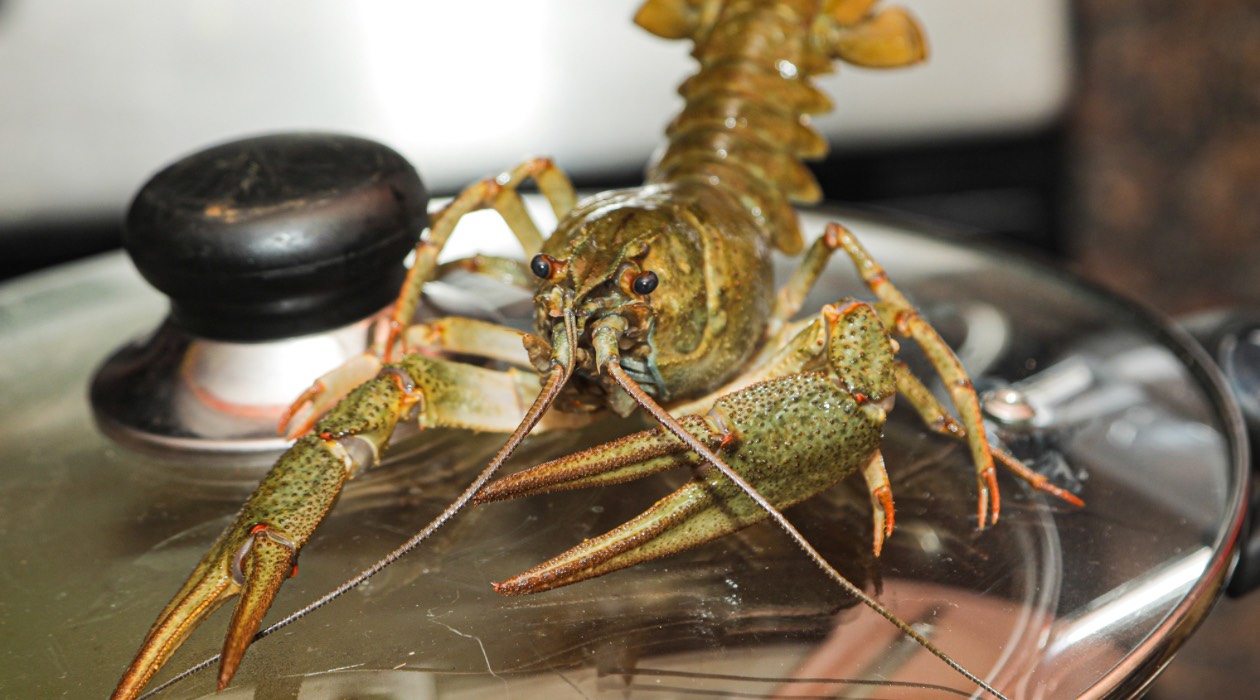
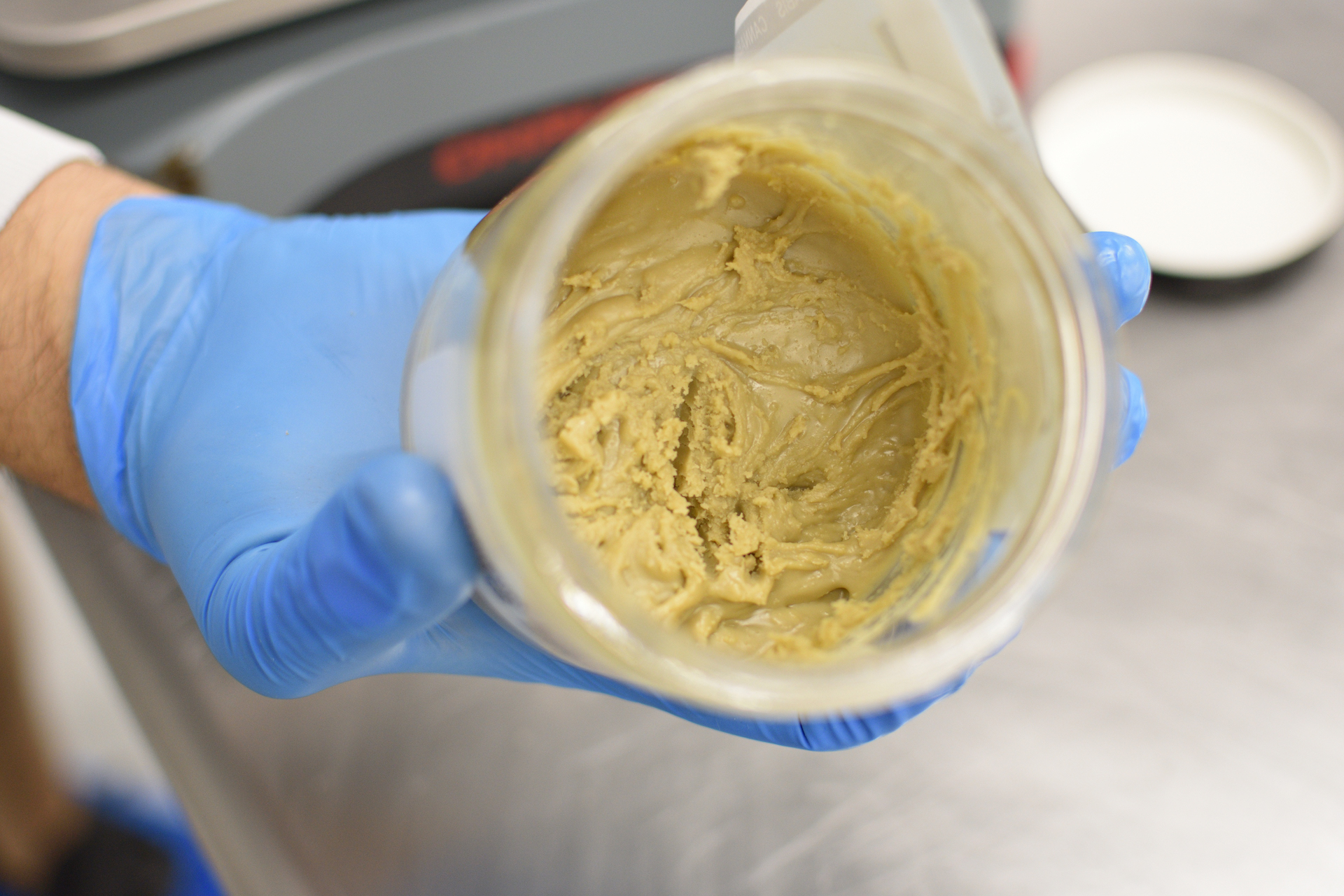
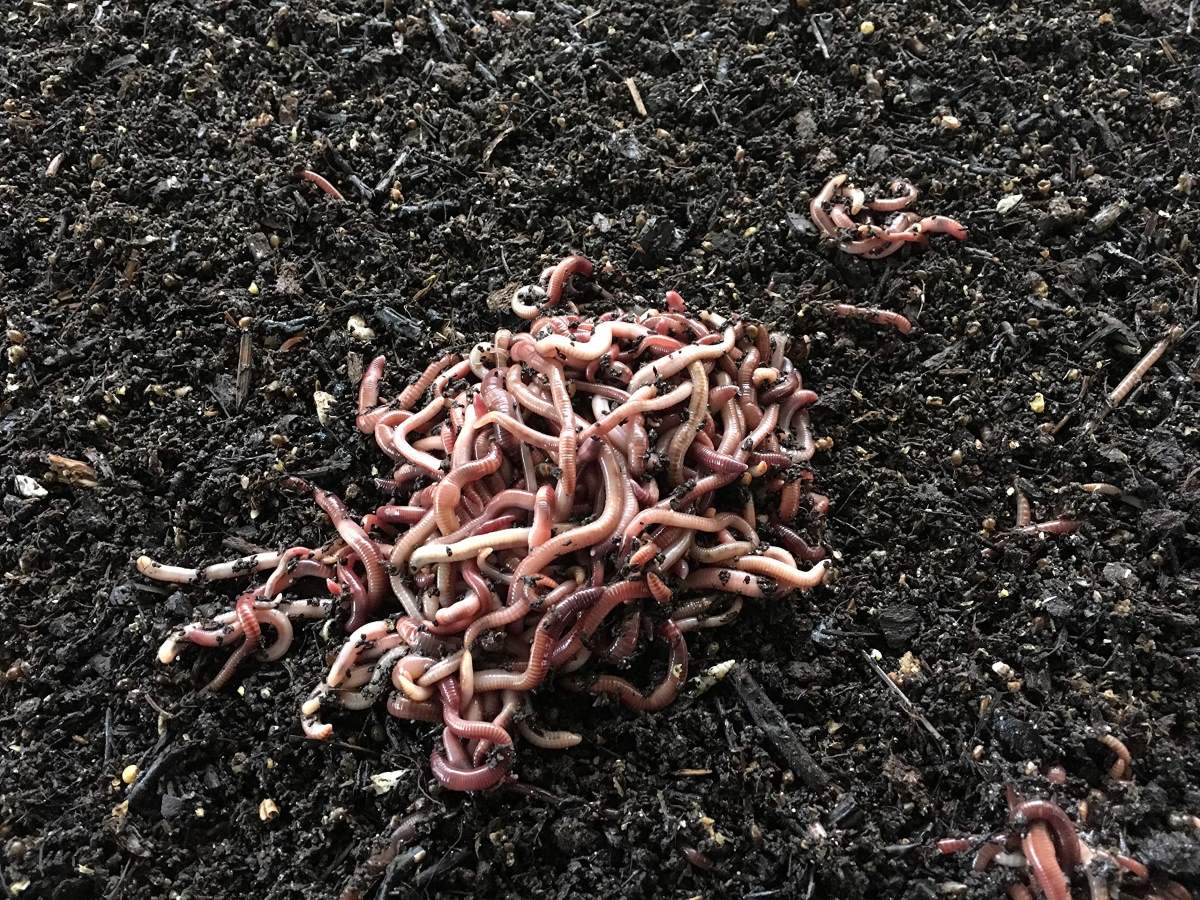
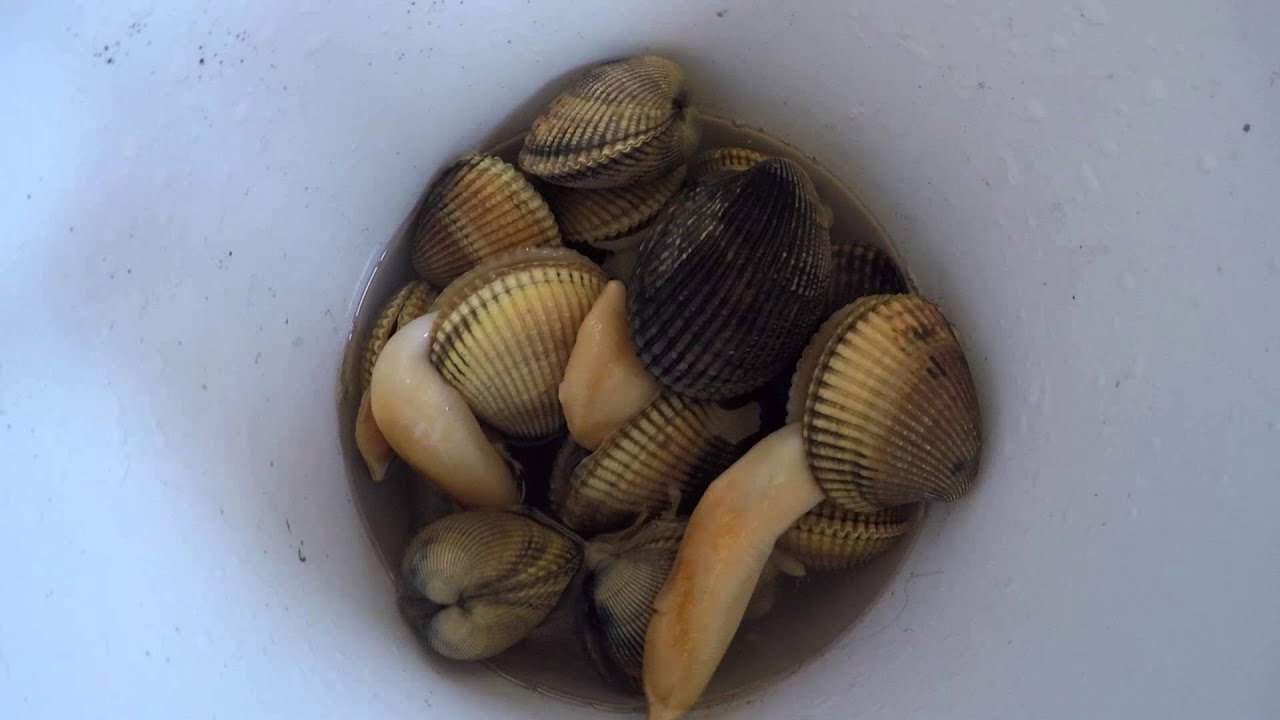
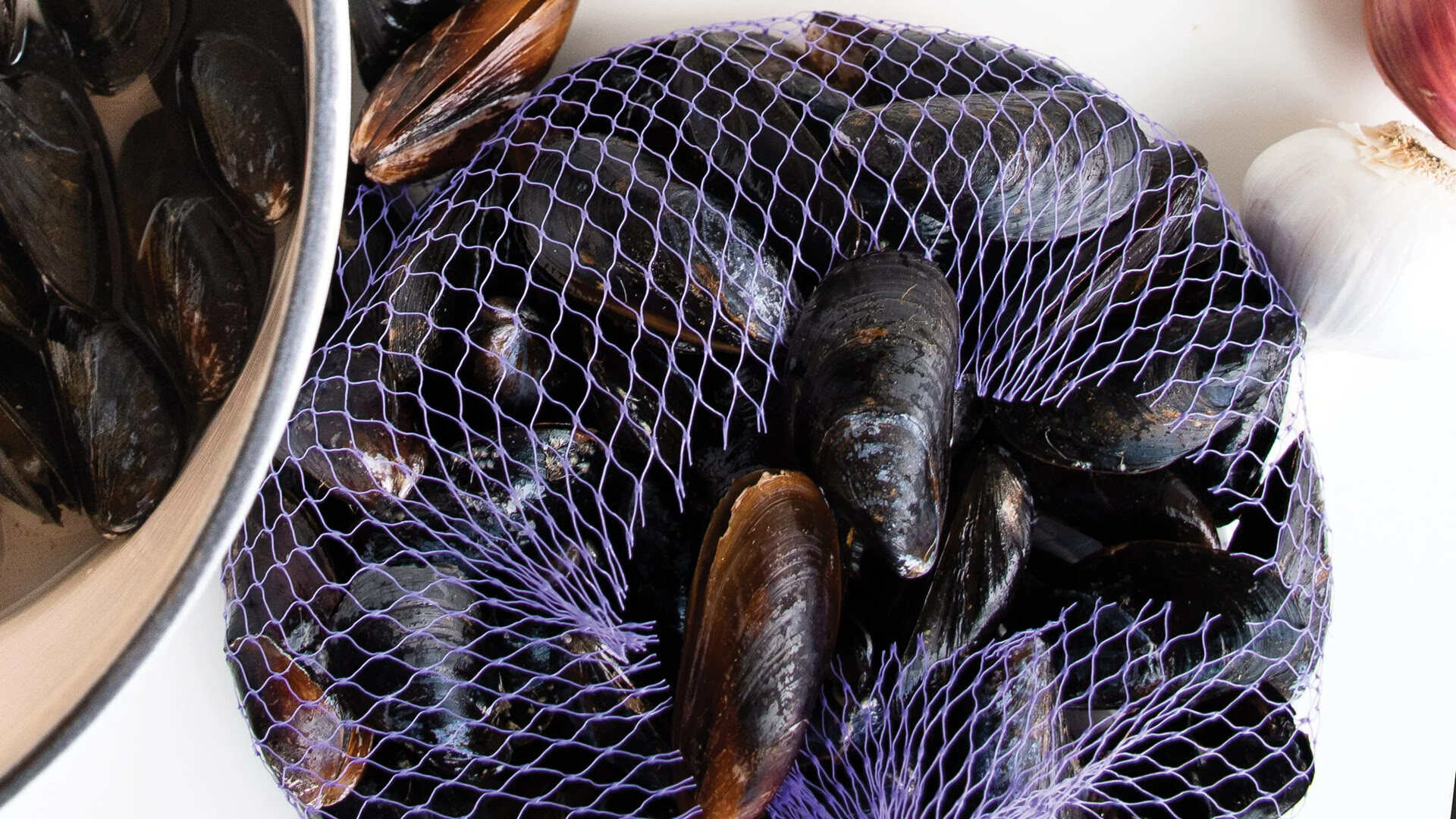
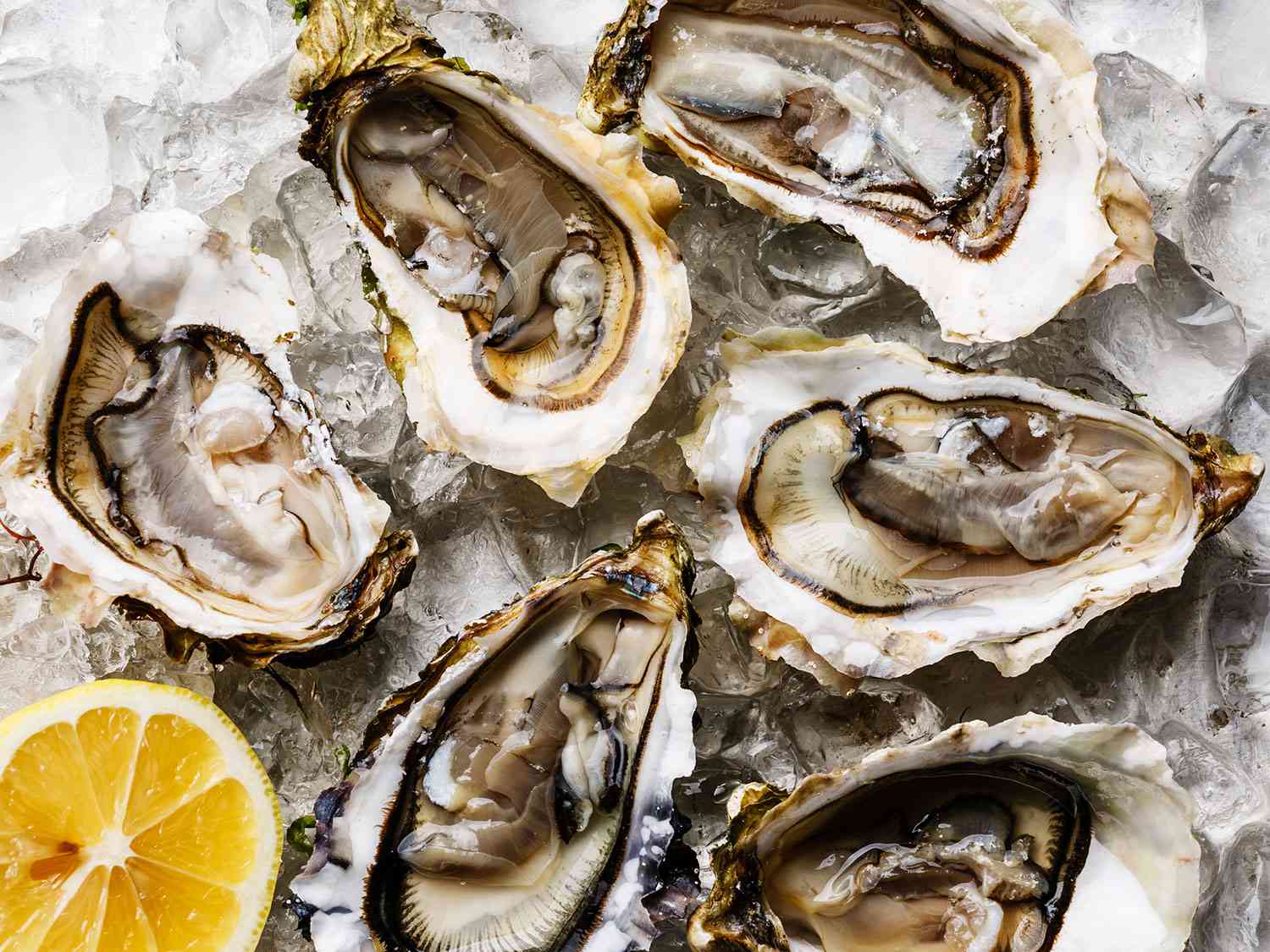
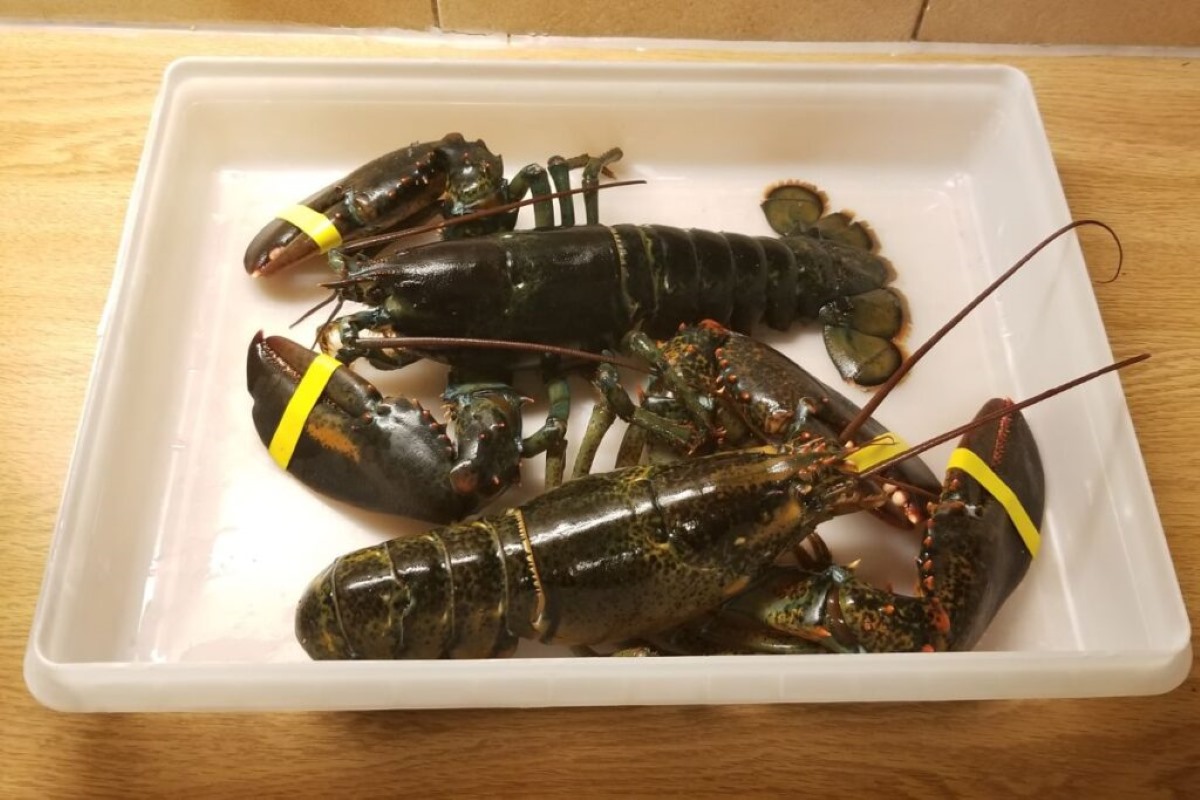
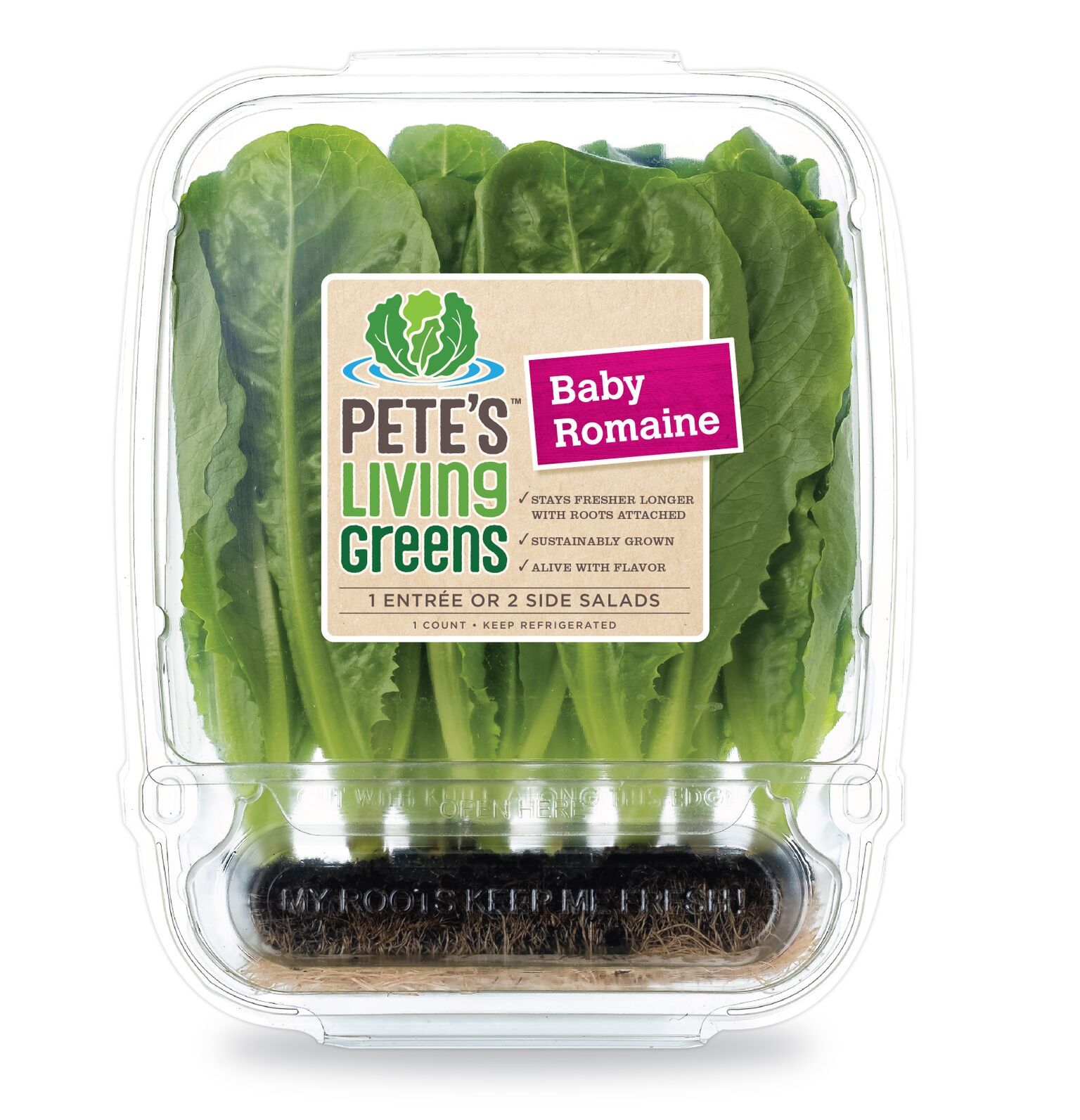
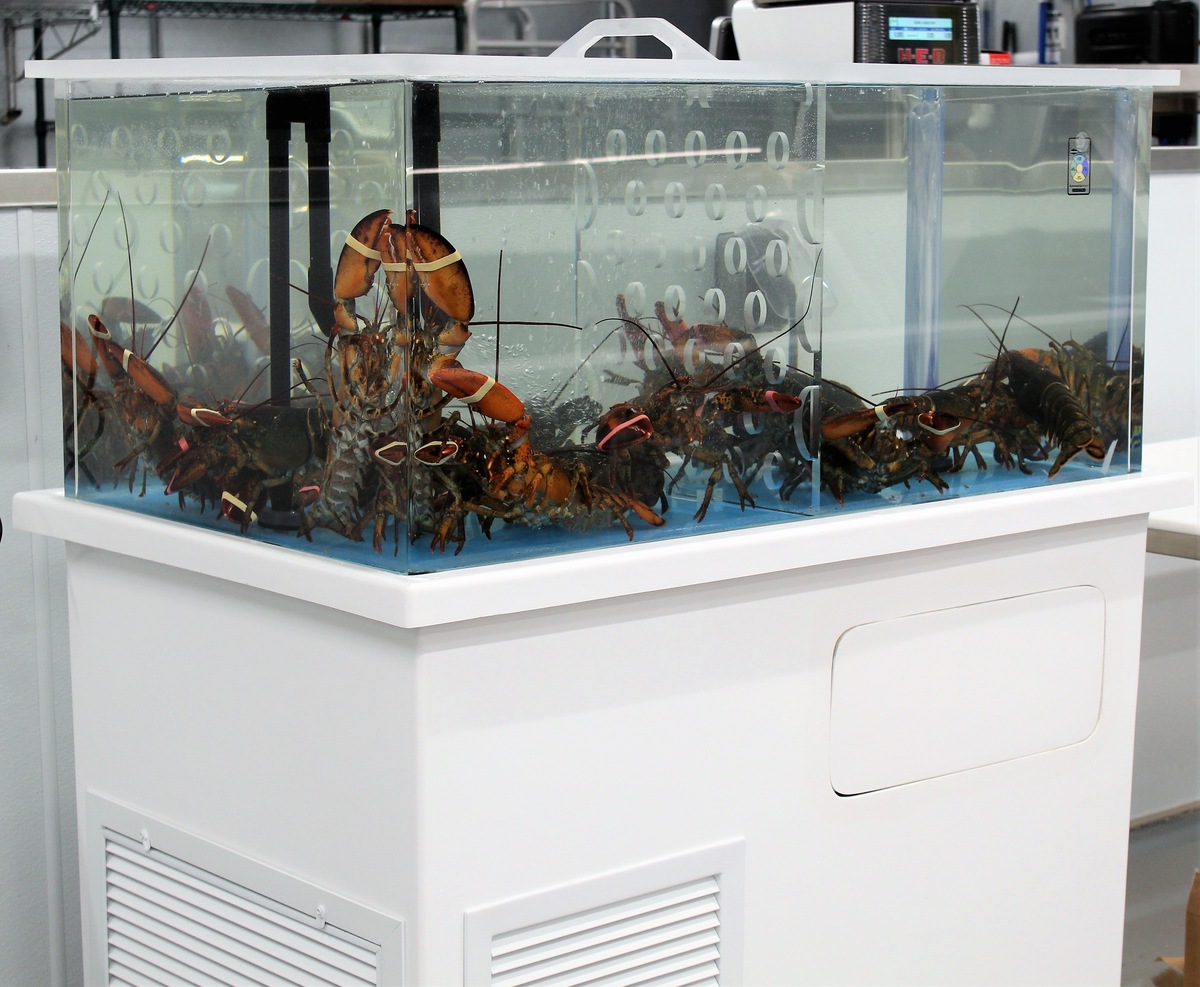
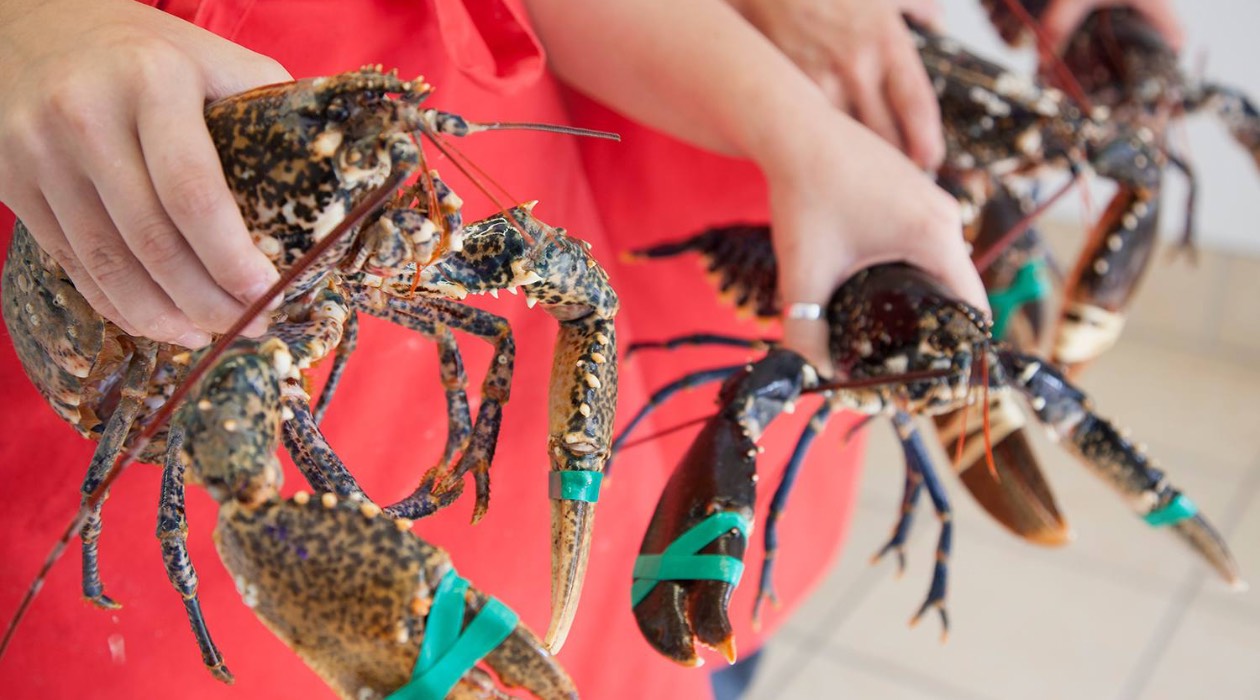
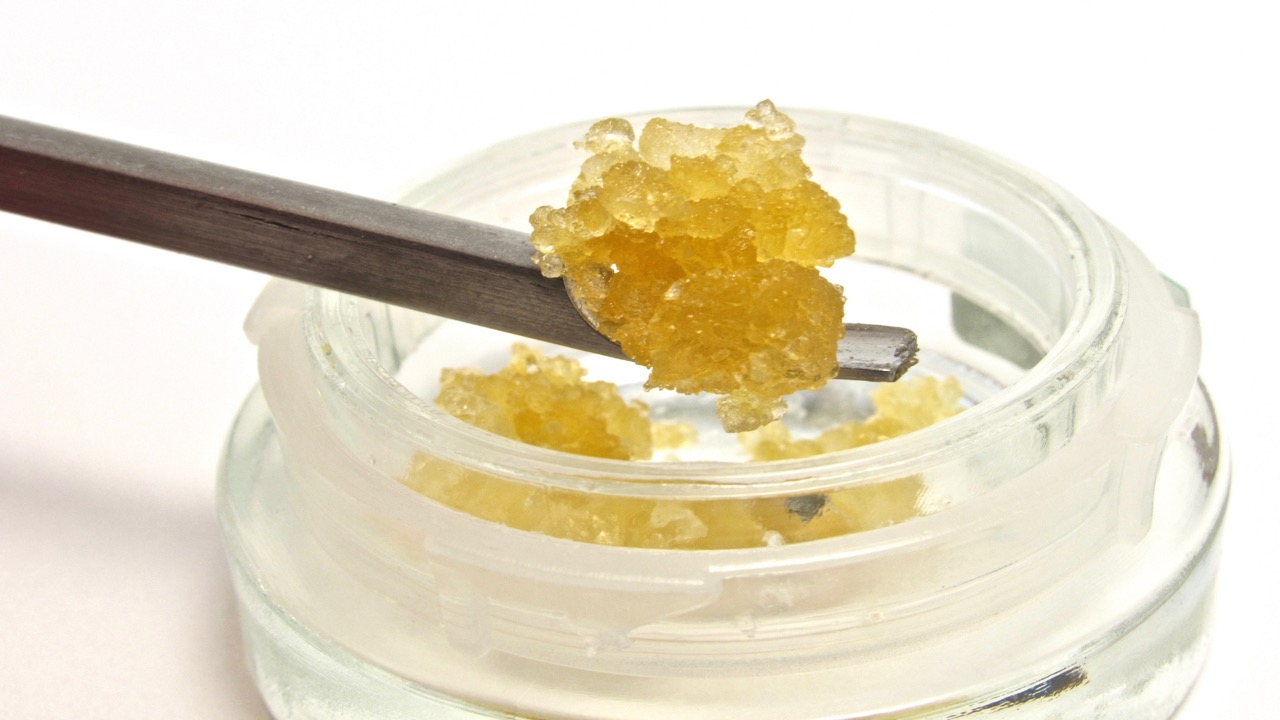
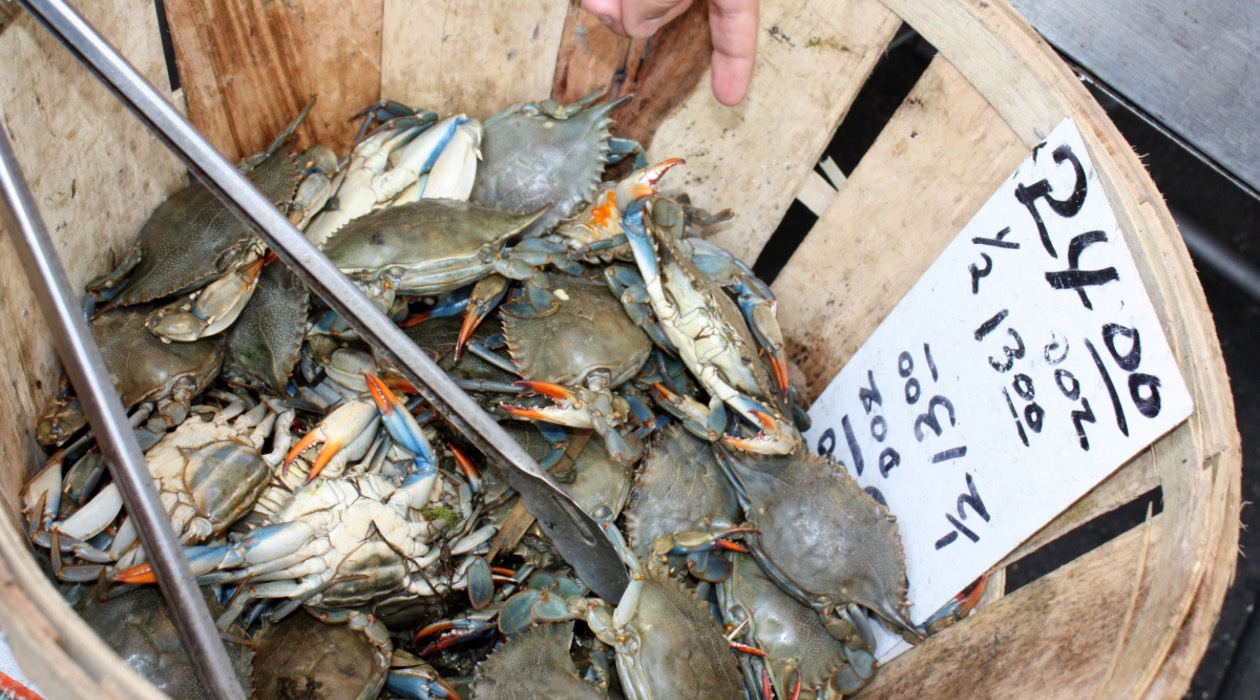
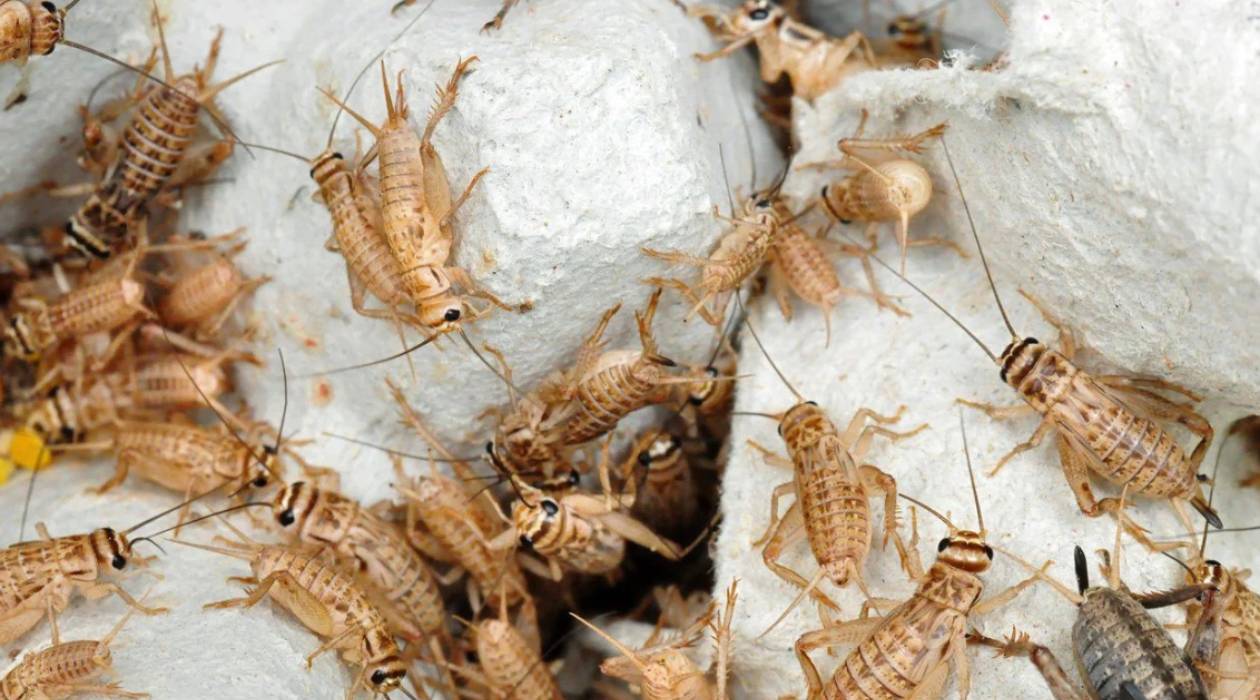

0 thoughts on “How To Store Live Mealworms”